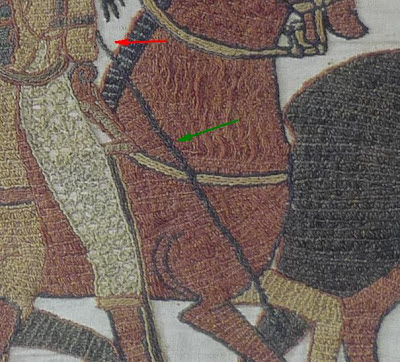Le point du TAST de cette semaine a pour nom "oyster stitch" en anglais, c'est à dire, littéralement "point d'huître". Le nom français est un peu plus poétique, puisqu'il s'agit du point de perle.
The point of this week is called "point de perle" in French, ie, literally "pearl stitch". The english name is oyster stitch.
Aujourd'hui, je me suis encore laissée aller à faire un petite boîte, cette fois c'est un petit mouton qui s'est installé sur le couvercle, le point de perle étant parfait pour broder sa toison. Les yeux et les petites fleurs dans l'herbe sont aussi réalisés avec ce point. Je sais, il a une drôle de tête, mais je crois que c'est dû en partie à la toile noire que j'ai utilisée pour que la toison blanche ressorte mieux.
Today, I done a small box, this time it's a little lamb who settled on the top, the pearl stitch being perfect for its fleece. The eyes and the little flowers in the grass are also made with this stitch. I know he has a strange face, but I think this is partly due to the black fabric I used to make the white fleece more visible.
Comme je n'avais pas de crayon blanc pour dessiner le contour du couvercle, je l'ai marqué rapidement à la craie, puis j'ai passé un fil blanc pour rendre le trait un peu plus "permanent". Une fois la broderie montée sur la boite, il a suffit de tirer le fil.
Since I had no white crayon to draw the outline of the box, I quickly marked it with chalk, then I used a white thread to make the line a little more "permanent". Once the embroidery mounted on the box, I just had to pull the thread.
Pauline a fait ses devoirs de vacances. Elle aime beaucoup le livre "The right-handed embroiderer's companion" d'Yvette Stanton, même s'il est en anglais. Les étapes sont très détaillées et il est vraiment clair. Elle s'en sert souvent pour apprendre les nouveaux points du TAST.
Pauline did his homework. She loves the Yvette Stanton book "The right-handed embroiderer's companion", even if it is in English. The steps are very detailed and it is really clear. She uses it often to learn new points of TAST.


































